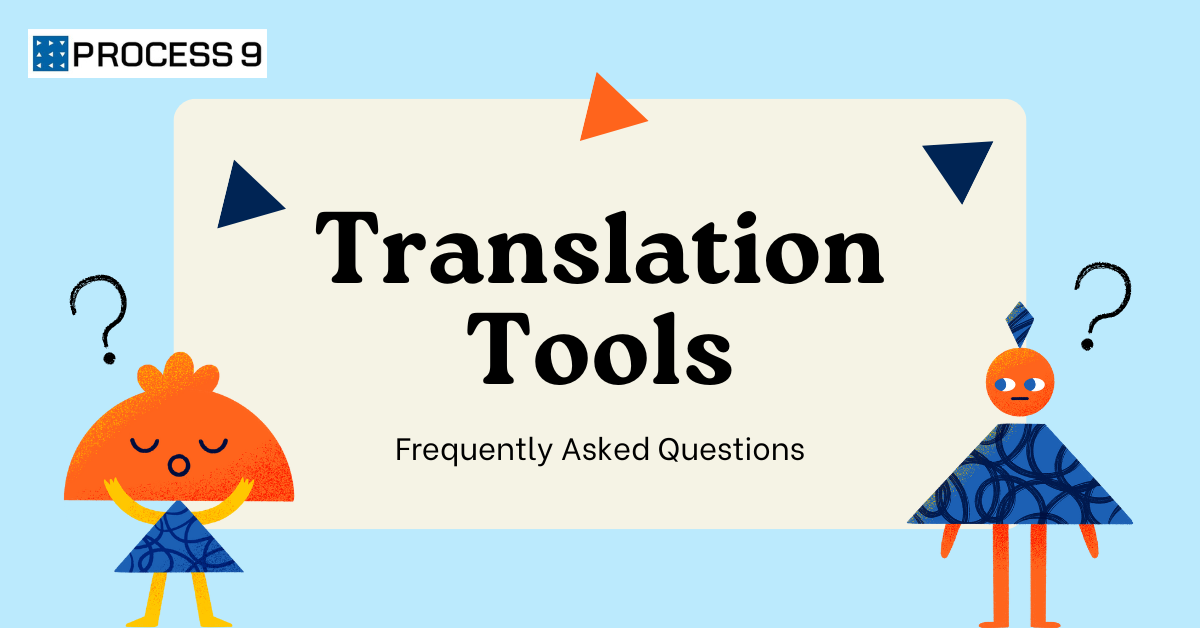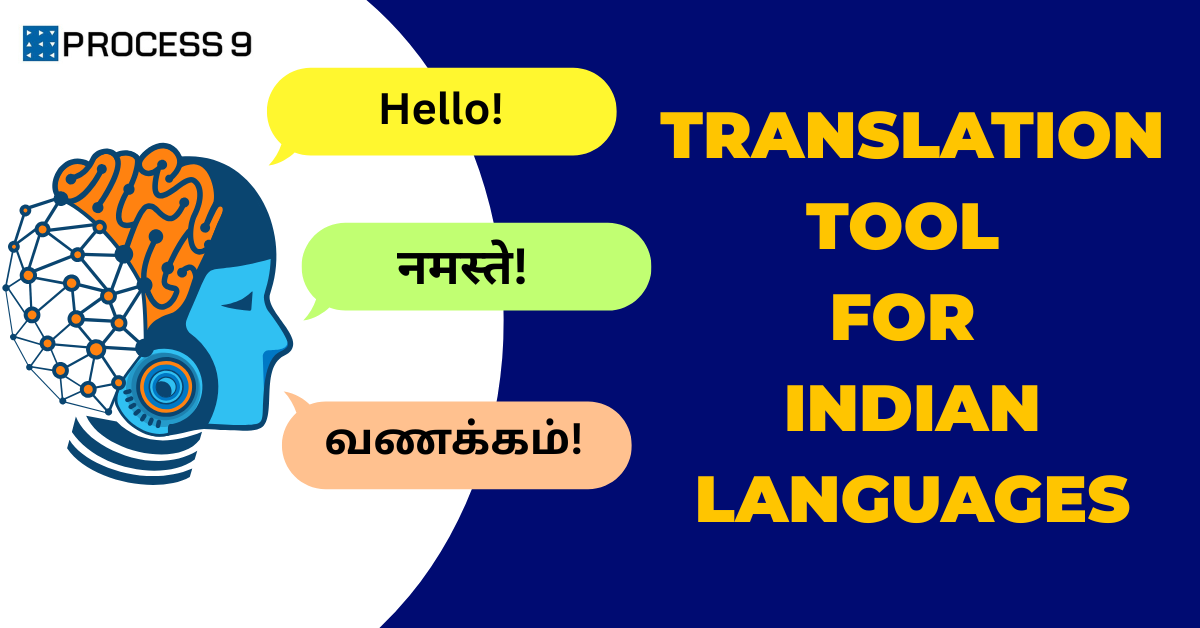As of the first week of December, ChatGPT, a revolutionary artificial intelligence chatbot, was released for online testing and it drew amazing reviews across the internet. Top entrepreneurs like Aaron Levie believed ChatGPT was the dawn of a new era. The ChatGPT bot is now considered the best example of artificial intelligence because of its ability to accomplish definitive tasks unlike the other chatbots like writing college-level essays or demonstrating scientific concepts of varying difficulty.
Recent advancements in artificial intelligence software have a visible impact across the machine translation industry as well. The exponential increase in data across the internet has made human resources incapable of serving the incremental translation demands and this is where machine translation engines have been a savior to many businesses
Advanced artificial software can process huge data assets efficiently in a faster time frame. This can be used in high-volume machine language translations like e-commerce websites. To enhance the quality of the output, many sectors such as legal that demand specialized knowledge for document translation use human-assisted machine translations (HAMT). Modern work models, such as remote and hybrid roles, require the use of artificial intelligence software to eliminate linguistic barriers in communication. This has increased the demand for the latest methods like Deep Adaptive Machine Translations that can produce more sensible and meaningful outputs.
What is Machine Language translation and what are its advantages?
Machine translation is the computational translation of speech or text from one language to another. There are three kinds of approaches to machine translation,
- Rule-based machine translation
Rule-based translation is a machine translation approach that uses an extensive amount of linguistic information to translate text or speech from the source to the target language
- Statistical machine translation
The statistical machine translation approach analyses large data sets of approved previous translations to determine the most likely translation output for a given input
- Neural machine translation
The neural machine translation is a data-driven approach that is based on machine learning and uses large neural networks to give the most suitable output for a given input
The benefits of machine translation include its ability to handle large volumes of content and produce output in multiple languages almost instantly. Along with handling a high volume, machine translation systems can tag and organize the content as well as preserve it.
What are the latest developments in neural machine translation?
Neural machine translation is an approach that can almost mimic the thought process of a human translator and not just produce a most likely output based on linguistic rules or statistical data sets. With the emergence of a highly fluent natural language system, neural machine translation is now also used for translating non-mission critical documents.
According to experts the editing distance or the number of edits a human translator has to do on a neural machine-translated output is reducing by 3 to 7% every year. In the latest deep adaptive machine translation approach, the translator tool can perform deeper analysis, and take various parameters into account that can depict the right tone or voice of the brand, company, or institution.
Adoption of machine translation in localization strategies as a part of digital transformation
One of the main impacts of digital transformation is the exponential increase in content across the internet. While COVID accelerated the digital transformation, it also increased the demand for localization of the content considering the increasing number of non-English speakers on the internet. This market condition has resulted in increased adoption of machine language translation with or without human intervention. The machine translation industry has evolved rapidly with the introduction of new artificial intelligence technology, and now translation engines are capable of producing a meaningful output customized according to the requirements of each client.
Role of translation memory in making machine translation better
In the early days of machine translation, translation memory served as a repository of past translations that can be used to reduce the workload on any new and repetitive content. However as the latest machine translation approach can address the market fluency, linguistic subtlety, and various nuances of the domain to a high extent, translation memory is now being utilized as a training tool to capacitate the translation engine with continuous knowledge on various aspects of the domain, market, and the language.
How can machine translation empower the language localization strategy of businesses?
Businesses are looking for ways to localize their incremental digital content efficiently on budget and in real-time. Machine translation can help you devise an intelligent localization strategy by reducing the total cost of translation of high volumes of data in multiple languages. Today machine translation engines come up with customized settings for translation or transliteration based on the inputs. For example, a translator tool can be set to transliterate the brand names and translate product descriptions. It also manages to produce results that can comprehend multilingual SEO efforts. With the help of data sets from the translation memory, machine translation engines can play a profound role in quality multilingual content creation. As editing distance becomes minimal in human-assisted machine-translated efforts, even mission-critical documents can be translated effortlessly.
What do we offer?
If you are planning to localize your digital properties, Process Nine has come up with an innovative free tool that can help you evaluate how machine translation can make this process efficient as well as effortless. We have launched a high-quality free machine translator tool that can translate content into 13 languages.
The free translator tool of Process Nine supports languages like Hindi, Bengali, Malayalam, Kannada, Tamil, Telugu, Marathi, Gujarati, Oriya, Urdu, Assamese, Punjabi, and Hinglish. This tool is powered by Process Nine’s neural translation API, Mox Wave.







Share: